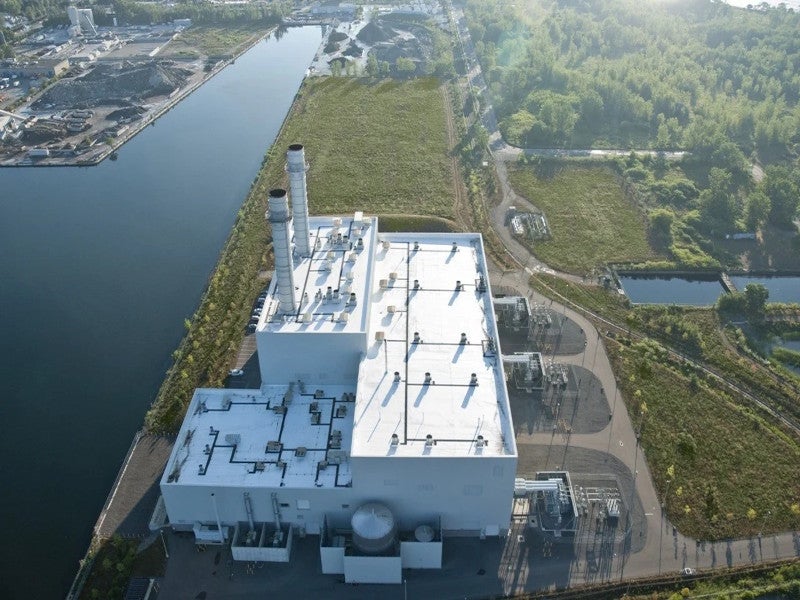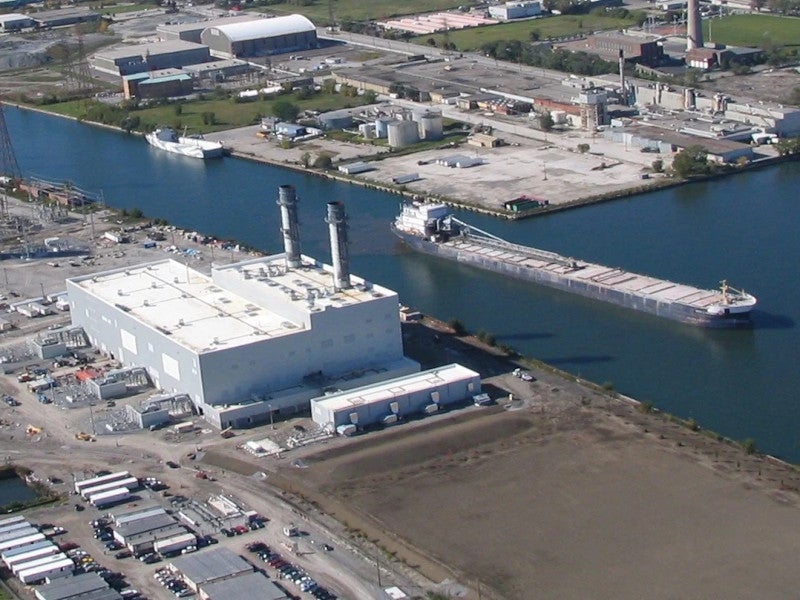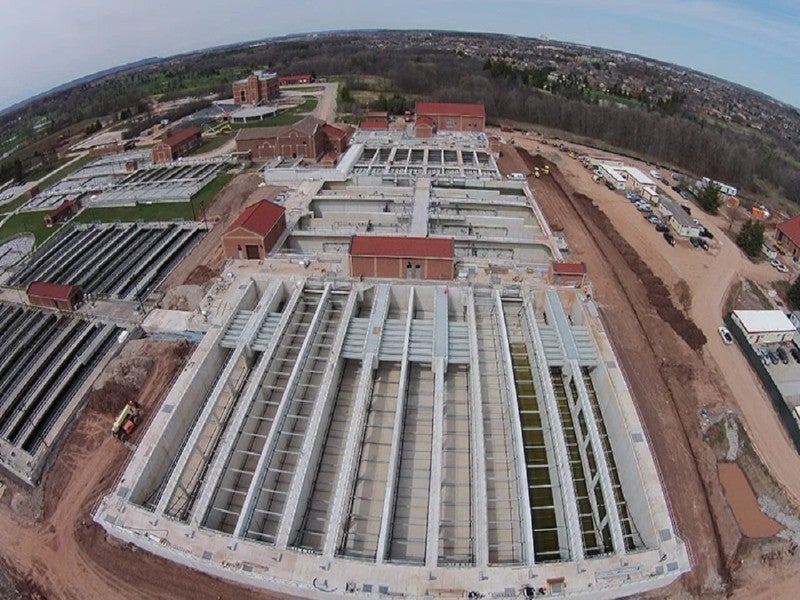The Halton Hills combined cycle plant (CCP), also known as Halton Hills Generating Station (HHGS), is a 683MW natural gas-fired power plant located in the town of Halton Hills, Ontario, Canada.
Officially opened in October 2010, the plant has sufficient power-generating capacity to meet the requirements of 700,000 households.
The plant was built to address the critical energy and stability requirements of the southwest greater Toronto area. It uses state-of-the-art low emissions technology and is built in compliance with high environmental standards.
The plant is owned and operated by Atura Power, a subsidiary of government-owned Ontario Power Generation. Atura Power acquired the project from TC Energy in April 2020.
Atura Power plans to upgrade the facility to boost capacity by 27MW at 15°C ambient conditions, to reach a total output of 710MW.
Location
The HHGS site occupies 80 acres (32.37 hectares) of land in the 401 Industrial Corridor in the town of Halton Hills. The land is situated between Highway 401 and Steeles Avenue west of 6th Line.
Halton Hills combined cycle plant details
The HHGS is a natural gas-fuelled 2×1 CCP plant with an electricity-generating capacity of 683MW.
Power is produced by two Siemens SGT-PAC 5000F gas turbine generator sets, two Alstom heat recovery steam generators (HRSGs), and a single 300MW Alstom steam turbine generator (STG).
Each gas turbine has a reported output of 190MW and is equipped with a Dry Low NOx (DLN) combustion system. The two turbines are also fitted with evaporative coolers to keep the inlet air cool.
Steam required to feed the STG is generated by two HRSGs. Each HRSG can produce 675,000kg of steam an hour with maximum duct firing and 465,000kg of steam an hour without duct firing.
An air-cooled condenser (ACC) is used to condense the steam leaving the STG. Process water to the site is delivered through the municipal water system. Wastewater from the plant is discharged to the municipal sanitary sewer.
Upgrade project details
The planned upgrade project will involve replacing existing parts within the turbines with improved components made from materials that have optimised cooling properties, allowing for higher operating temperatures.
All upgrade activities are set to occur within the confines of the existing facility, with no alterations or expansions extending beyond the current footprint.
Construction details
The construction of the plant began in late 2007 and was completed in several phases in time and within budget.
Site preparatory work commenced in October 2007 and involved site grading, construction of access roads and creation of temporary parking spaces. A traffic signal was also erected on Steeles Avenue to manage the construction traffic.
Two large stormwater ponds were built before the beginning of construction to control run-off during construction and protect the groundwater.
Foundation and piling installation commenced after the completion of site clearing and grading works. In the next phase of the project, respective equipment was installed and connections between them were established.
Natural gas pipeline
The natural gas fuel is supplied through a 4.5km-long, 20-in-diameter pipeline, which was laid along the west side of the 5th Line from the Union Gas Corridor. The gas corridor is located south of Derry Road to Highway 401.
Natural gas to fuel the station is supplied by Union Gas Limited, an Ontario-based company responsible for the storage, transmission and distribution of natural gas.
Grid connection
Electricity generated at the plant flows through step-up transformers. These transformers are used to raise the voltage to 230kV.
A connection was established from the Halton transformer station to the Hydro One transmission lines T38B and T39B. The electricity to the connection point is transmitted through underground transmission lines.
Power purchase agreement
The electricity generated by the plant is purchased by the Ontario Power Authority (OPA) under a 20-year power purchase agreement.
Contractors involved
Halton Hills Power Partners, a joint venture between Aker Kvaerner Songer Canada and Burns & McDonnell, was appointed as the engineering, procurement and construction contractor for the project in December 2006.
Aker Kvaerner Songer Canada, a subsidiary of Aker Solutions, was responsible for construction and construction management. It was also involved in certain portions of procurement and commissioning.
Burns & McDonnell provided project design and procured engineered equipment. The company rendered technical assistance for construction and was also responsible for the commissioning and start-up of the plant.
Aecon Construction and Materials was subcontracted by Aker Kvaerner Songer Canada in September 2007 to prepare the site for the construction project. The contract value was $6m.
Hatch provided detailed design and construction support services for the project.
Matrix NAC was awarded the EPC contract under a joint venture to provide complete design, construction, and construction management for the project. The scope of work included setting up owner-furnished major equipment, subcontract management, start-up and commissioning.
Route selection and environmental and socio-economic impact assessment for the natural gas pipeline was undertaken by Stantec Consulting.






